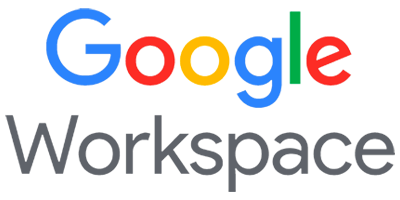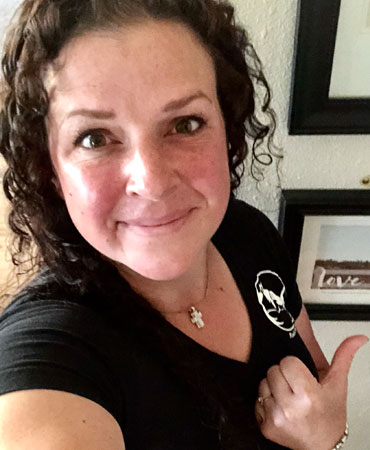The Connection Between Web Design and Audience
The way your website is designed speaks directly to your potential customers. The way a customer interacts with and collects information from your site gives them an unconscious understanding of your business and the value you can add to their life. The level of user experience on any webpage is the primary driver of sales and customer satisfaction.
Design necessities on one website can be obsolete on another.
For example, the American Girl Doll website doesn’t need to look, walk, or talk anything like the Tesla website because, for the most part, the target audience is entirely different. (Though, more power to the seven-year-olds checking their Tesla stocks.)
Both of these companies will make assumptions about their customer-base by looking at their demographics. From there, they will design a website with interaction and appeal in mind. Every design element has a dual purpose: aesthetic and interaction. A good web design with optimal user experience marries beauty and functionality seamlessly, creating an environment for businesses to thrive.
When it comes to web design best practices, business owners must take a thorough look at their target audience. It is only through that understanding that business owners will find what a user-centered design looks like.
To match web design to an audience, one must look at the most important part of the equation: the audience.
How to Match Web Design to Your Target Audience
Collect as much information about your target audience as humanly possible.
Understanding your potential customers can often be a game of data. Take the time to gather all of the information you may need to understand your client base better. While it’s essential to look at things like age and place of residence when it comes to researching your target audience, it is just as important, if not more important, to look at the more intricate details.
For example, does your ideal customer have a family? What kind of things are they doing on the weekends? Are they more prone to interact with fast-paced or slow-paced environments? Do they enjoy being around other people, or would they rather be alone? Where does your ideal customer spend the majority of their time? Are they more likely to be a texter or a caller?
Though it may not be possible to collect this type of in-depth data about all of your potential customers, these are great questions to start considering when thinking about the kind of people who will interact with your website. When you question things in this way, you can better understand the intricacies of the people interacting with your website, thus creating a user experience more in-tune with what your customers want.
Consider what other brands your target audience interacts with.
Find out what other companies your target audience interacts with. What do these brands offer? How are these brands offering things online?
Which of your competitors would your potential customer be most likely to interact with and why?
Your research will help you better understand what actionable things your target audience is already in-tune with and how you can accentuate some of those same things on your website.
For example, a lot of companies that sell outdoor equipment play up the idea of adventure. You may see pictures of people diving off cliffs and jumping out of planes throughout their websites. If you are an outdoor brand, this doesn’t mean you need to start adding that exact type of content to your website, but rather recognize that your competitor is attempting to capture the spirit of adventure through this type of content. From there, you can consider playing into a sense of adventure on your website through your design.
Highlight the unique and valuable things your brand offers.
Once you know what your target audience craves, you can better tailor your website to feature what your target audience will want. Realizing why your target audience is just that is the key that will help you determine what you need to share about your business.
You can pick and choose the things you wish to accentuate through typography, photographs, and layout through your web design. When you know what your audience wants, you can use your design to draw them in.
Find the balance between what you want and what your target audience needs.
There is always a strong desire for business owners to present their ideas exactly as they envision them. We’re creatives here; we get it. However, when translating a business vision into a marketable business strategy, we must consider the best route to appeal to potential customers. Part of any good digital marketing strategy is attention to interaction.
If you are only catering to your vision, you can miss out on serious business. Your way of thinking about things is only your understanding of that thing. Your understanding  could be great, but if your target audience doesn’t understand the message you’re trying to convey or isn’t attracted to your method of sharing that message, you will miss out on serious business.
could be great, but if your target audience doesn’t understand the message you’re trying to convey or isn’t attracted to your method of sharing that message, you will miss out on serious business.
It is essential to be authentic and put your vision into your web design, but there is a necessity to balance that with what your potential customer will be receptive to.
Use your branding as a general guideline.
When designing a website for your target audience, make sure your branding is also geared toward your target audience. To translate your brand to your potential customers, you need cohesiveness.
Consider cohesiveness in building a mobile-friendly website.
When choosing your website’s design, it is crucial to consider how that design will translate to mobile devices. A good website is a mobile-friendly website that maintains its vision, regardless of the device it’s on. Web designers are interaction designers, always considering the way your target audience will interact with your website.
Your target audience will probably be mobile users (because let’s face it, most people are these days). A good desktop design and a good mobile design are necessary to retain the potential customers you reach. Every site needs responsive web design, user interface design, and device versatility.
Don’t exclude the multitudes in the process of becoming more niche.
As your business grows, it’s natural for the scope of your business to become more precise. You will realize many of your clients and their needs are very similar.
You are catering to an audience, so this is a win in your book. However, don’t ever entirely exclude people from your business plan because of how things are going now. It’s perfectly okay to cater to your target audience, but always leave the back door cracked open for the unexpected customer.
Keep your design targeted toward your target audience (duh), but at the same time, make sure you are offering a website that anyone could potentially be receptive of.
How Gravity Junction Can Help
Gravity Junction is a marketing firm based out of Atlanta with top-tier web designers focused on finding the heart of human design in digital marketing. At Gravity Junction, we work with brands across the nation to stitch together marketing strategies, from software development to social media marketing, to give your business the best environment to thrive. Contact us today to see how we can help you take your brand Supanova.









0 Comments